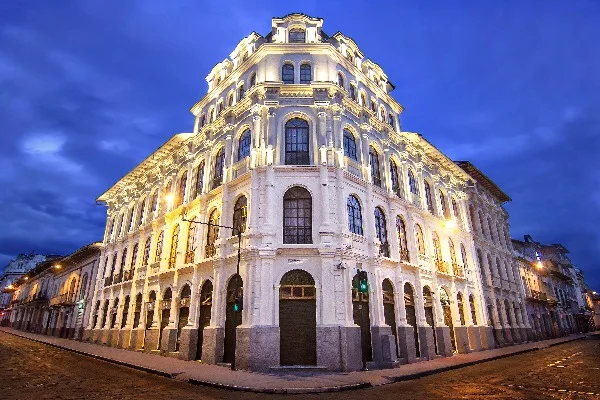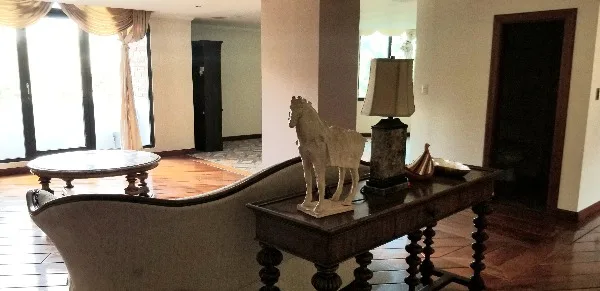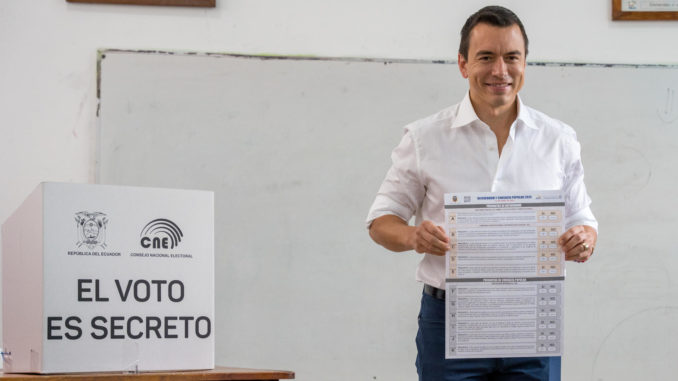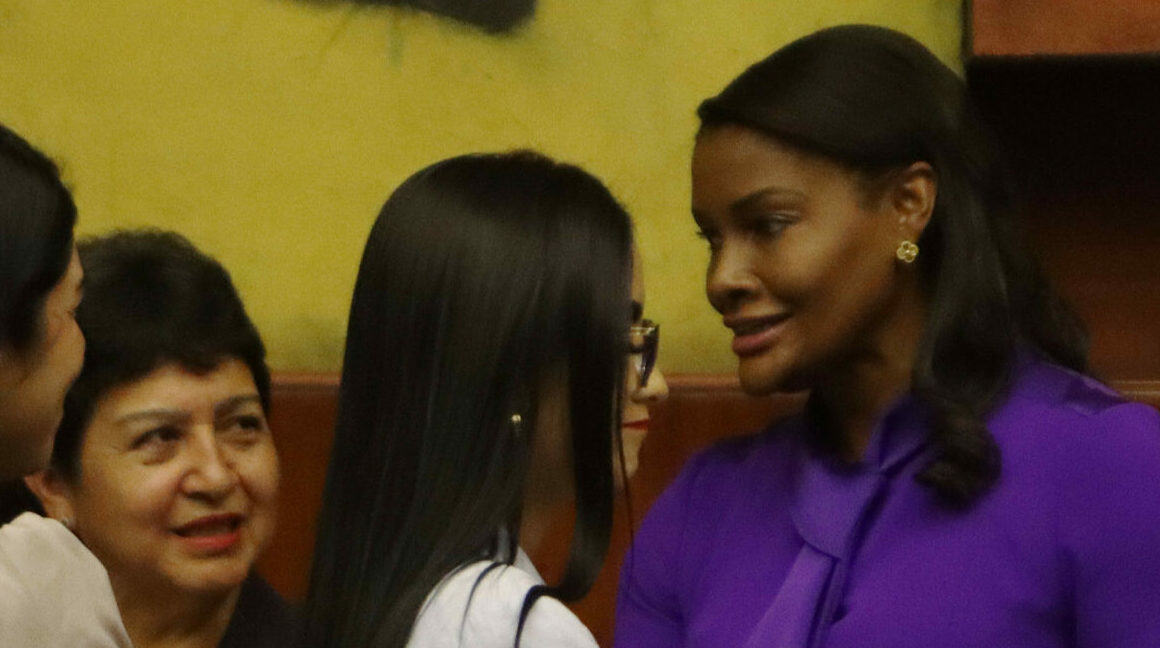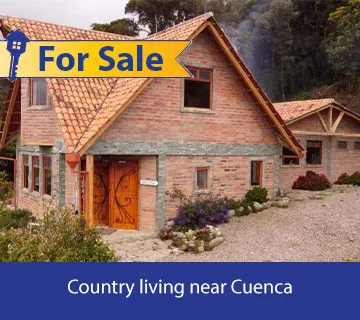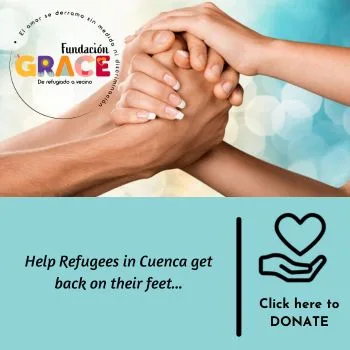While Cuenca’s 2,300 Colombian refugees struggle for acceptance, the children find relief in sports
Editor's note: North Americans are not the only foreigners living in Cuenca. In fact, immigration authorities report that there are almost twice as many non-Ecuadorian Latin Americans living in the city as U.S. and Canadians. The largest group, with about 2,300, are Colombians who have fled the civil war in their country. A reporter for the Christian Science Monitor tells their story.
With the mountains of Cuenca, Ecuador's third-largest city and a United Nations World Heritage site, serving as a backdrop, children run energetically up and down the Calle Miguel Escalinatas, a long concrete staircase, around the cones, and back again. They are part of a children's athletic program at Ecuador's famous Escuela de Marcha, a race-walking school that produced the country's only Olympic medalist, Jefferson Perez.
Three of the children have come to  the school under very different circumstances from the others. They are Colombian, and their families have recently arrived in this tranquil Andean city as refugees.
the school under very different circumstances from the others. They are Colombian, and their families have recently arrived in this tranquil Andean city as refugees.
Up to half a million Colombians have fled to neighboring countries to escape a violent, 40-year civil war. Ecuador hosts more refugees than any other Latin American country, an estimated 180,000, with five to 10 new arrivals every day, according to the UN High Commissioner for Refugees (UHNCR).
Mr. Guzman, whose 6-year-old son José attends the race-walking school, was a businessman in Colombia just four months ago. He and his wife – who spoke to the Monitor on the condition that their real names not be used – fled to Ecuador after receiving death threats from guerrillas. Although they are now safer, life in Ecuador has not been easy for them.
"[Our son] was rejected a lot for being Colombian. Here, Colombians are seen as bad, as thieves, as drug traffickers. We really pay for our sinners," says Guzman.
"It's difficult for us to adapt to a new way of life since in Colombia we had a certain standard of living that we were used to," adds his wife, a former schoolteacher. Although they had to leave almost all of their belongings behind, she looks every part the urban professional with her smart clothes and carefully applied make-up. "We had our jobs, our home. It was a peaceful, comfortable, and pleasant place for us and the kids. Now we're in a city with a culture that is similar to Colombia's, but very different, too."
In a country with high under-employment (the official unemployment rate is about 5%), many Ecuadorians express resentment toward the steady influx of Colombian refugees. Only 20 percent of Colombians in Ecuador have applied for a refugee visa. The vast majority have not, because they are afraid of being deported or because they don't know how – leaving them unable to legally work and without aid.
Ecuador's immigration authority is making efforts to ease the pain of the refugees and a new office on Cuenca's westside is offering advice and assistance for the Colombians.
Joakim Daun, a former intern with the UNHCR from Sweden, came up with the idea of a scholarship program for refugee children to attend the Escuela de Marcha. "Sports can be important for any kid, but it's even more important for refugee kids, because [they] are fleeing from their countries because their lives are threatened," he explains. "So when they come to a new country maybe what they get is some kind of peace … but then the second phase is integration. The Escuela de Marcha can really help these kids integrate into Ecuadorian society."
Every weekday, Colombian children train together with their Ecuadorian schoolmates and Olympic athletes. Since Mr. Perez's gold medal win at the 1996 Olympic Games in Atlanta (he won silver at the 2008 Beijing Games), race-walking has become a national sensation. José says he wants to be just like the beloved Ecuadorian athlete when he grows up.
After the training session, the children receive a free meal in the school cafeteria – a big help to refugee parents who struggle to put food on the table.
The first Colombian scholarship recipients – three teenage siblings – came to the Escuela de Marcha in April 2008, but they have since resettled in Canada. The latest recipients include José and siblings Juan and Isabel Cruz, who live together in one house with their parents.
The families' rooftop terrace overlooks a sea of colonial-era church steeples and Spanish-tiled houses. Residents of Cuenca describe the city as quiet and safe, though it is a less common destination for refugees. There are roughly 2,300 registered in the city – a number so small that most residents aren't aware they are there. Many refugees either settle along the border in towns culturally similar to Colombia, or as far from the Colombian border as possible in the south.
Mr. Cruz, recalls his peaceful life in the countryside. They decided to leave, however, after several visits from guerillas who threatened to kill them and recruit their oldest son if they did not provide information.
"We are applying for refugee status but it worries me because it's hard to not have things resolved here, to be so adrift and not know what to do," says Cruz. "I'm also worried because the guerrillas have presence here. You never know."
As the couples await their fate, the Escuela de Marcha provides them with some comfort.
"With the Jefferson Perez activities, [José] is very happy; he wants to go every day," says Guzman with tears in his eyes. "But it also worries me, because as you can see, the apartment is very small, and the kids sleep on cushions, and I don't have a visa so it's hard to work."
"Right now, the future is very uncertain," says Mrs. Guzman, "so we just dream, since we don't know what will happen tomorrow."
Credit: Christian Science Monitor; photo caption: An estimated 300 Colombian refugee children are enrolled in Cuenca's public schools








